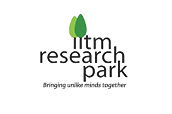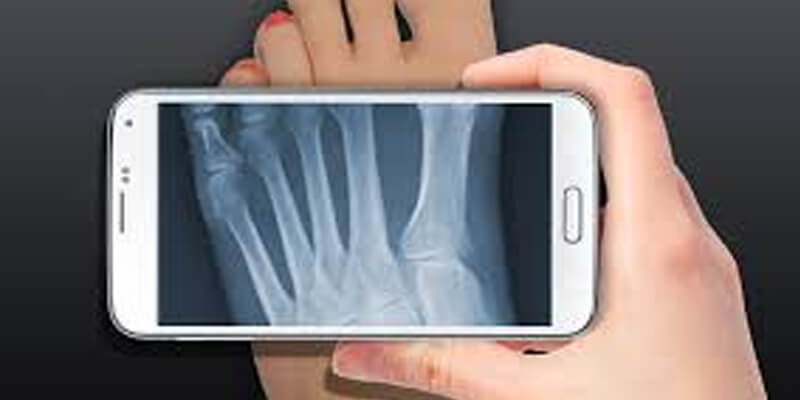CHENNAI: After WhatsApp comes DocsApp. Doctors are now downloading a new app that lets them get information about their patients as well as consult colleagues and technicians.
DocsApp is a messaging application developed by IIT-Madras alumni Satish Kannan and Enbasekar, for doctors not only to share patient information but also see quality scan and x-ray images on a secure platform.
“DocsApp is like WhatsApp but there are couple of problems in WhatsApp. One is quality of images and the other is that data could get mixed up. DocsApp is customized to the needs of a consultant who is always on the move. The information of any number of patients can be shared without confusion along with images that are higher in resolution than what could be shared using WhatsApp,” said Kannan, who started Phasorz Technologies with Enbasekar.
The app, which can be downloaded for free from the Google Play and Apple stores, is being tested by a group of doctors in Bengaluru. The app will be launched at a global health summit in Mumbai in January.
Once the app is downloaded, the doctor or nurse has to register with their name, registration number and contact details. The doctor or the nurse can create a separate thread for each patient by saving basic information like patient name, age and address. The developers have provided an option where the lab technician can send reports directly to the doctor’s mobile phone using a special software.
“For every patient, the nurse can share vitals like BP, pulse rate and so on by simply entering the data in a template. We have created similar template for cardiac risk factors for a hospital in Mumbai and neonatals care for a hospital Bengaluru,” Kannan said.
The app does not limit the doctor’s conversation to just nurses and lab technicians. Doctor can also invite other colleagues to use the same app and chat with them.
All messages are stored and can be retrieved any time, Kannan said. “Our app ensures greater accuracy while sharing information in a secure manner complying with medical norms and helps doctors efficiently cater to more patients,” Kannan said.
![]()


